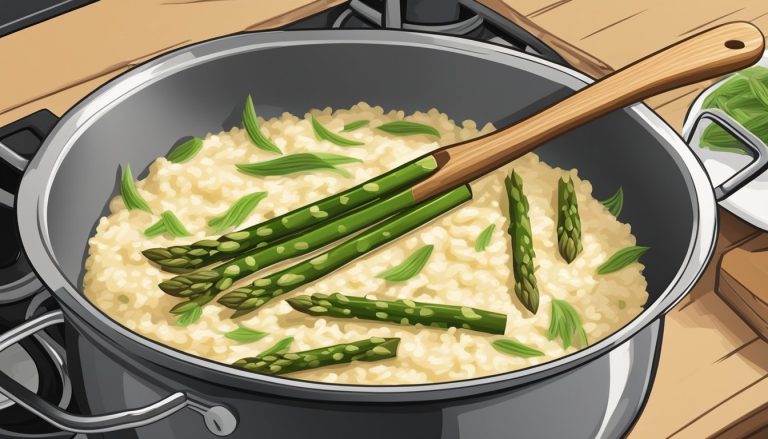Real Sopapillas Recipe: History, Ingredients, and Modern Twists
Real sopapillas trace their roots to Latin American cuisine, particularly in regions like Mexico, Chile, and New Mexico. Historically, the recipe has evolved, with variations found across different countries. Introduced by Spanish settlers, sopapillas became a staple in New Mexican cuisine by the 18th century. These delightful pastries draw influence from both indigenous and European culinary traditions, ensuring a rich and diverse history.
- Flour: All-purpose flour forms the base, providing structure.
- Baking Powder: Essential for leavening and achieving a fluffy texture.
- Salt: Enhances flavor without overpowering other ingredients.
- Shortening or Lard: Adds richness and contributes to the crispiness.
- Warm Water: Reacts with baking powder to create air pockets.
- Honey: Often used as a topping, adding sweetness and a touch of flavor.
By using these basic ingredients, you can create authentic sopapillas that are both crispy and fluffy.
How to Identify Authentic Sopapillas
Texture and Flavor Profiles
Authentic sopapillas have a distinctive texture and flavor. The exterior should be crispy and golden brown, while the interior remains airy and light. When you bite into a genuine sopapilla, expect a slight crunch followed by a soft, fluffy center. Real sopapillas balance sweetness with subtle savory notes, often enhanced by a drizzle of honey.
Common Variations Across Regions
Sopapillas vary by region, reflecting local culinary influences. In New Mexico, sopapillas are pillowy and often served as a savory side dish or an entrée stuffed with meat or beans. Mexican sopapillas, particularly in northern regions, are usually smaller and sweeter, frequently enjoyed as a dessert. Chilean versions, known as sopaipillas, incorporate pumpkin or squash puree in the dough, giving them a unique orange hue and a slightly different taste. Knowing these regional differences helps you identify authentic sopapillas from various traditions.
Creating Real Sopapillas at Home
Essential Cooking Equipment
When making real sopapillas, specific equipment ensures the best results without complications. Gather these items before you start:
- Mixing Bowl: Large size for combining all ingredients.
- Rolling Pin: For rolling out the dough evenly.
- Deep Fryer or Large Pot: Equipped with a thermometer to maintain consistent oil temperature.
- Slotted Spoon: For removing sopapillas from the oil without excess grease.
- Cooling Rack: To let excess oil drip off, keeping the sopapillas crispy.
Step-by-Step Recipe
Preparing real sopapillas at home involves a few detailed steps. Follow this recipe for a memorable treat:
- Ingredients: Combine 2 cups all-purpose flour, 1/2 teaspoon salt, 2 teaspoons baking powder, and 2 tablespoons shortening or lard in the mixing bowl. Gradually add 3/4 cup warm water, mixing until a dough forms.
- Kneading: Knead the dough on a floured surface for about 5 minutes until smooth. Let it rest for 20 minutes covered with a damp cloth.
- Rolling Out: Roll the dough into a 1/4-inch thick sheet using the rolling pin. Cut into 3-inch squares or triangles.
- Heating Oil: Heat oil in a deep fryer or large pot to 375°F (190°C). Ensure the temperature remains consistent.
- Frying: Fry dough pieces in batches. Cook each piece for 1-2 minutes per side, turning once, until golden and puffed.
- Draining: Use the slotted spoon to transfer sopapillas to the cooling rack. Allow excess oil to drain off.
- Serving: Serve warm with honey drizzled on top. For a savory twist, consider stuffing them with beans or cheese.
By following these steps and using the correct equipment, you’ll create authentic, delicious sopapillas that capture the essence of this beloved pastry.
Serving and Enjoying Sopapillas
Traditional Accompaniments
Sopapillas, with their crispy texture and honey topping, pair well with several traditional accompaniments. Most commonly, powdered sugar and cinnamon enhance their sweetness. In New Mexican cuisine, serving them alongside savory dishes provides contrast. Try pairing them with green chili or beans to experience a balance of flavors. Sopapillas also complement soups like posole and stews such as carne adovada, offering a delightful side.
Modern Twists on Serving
Modern twists on serving sopapillas introduce creative variations. Drizzle chocolate sauce or caramel instead of honey for a rich, luxurious taste. Opt for fillings like Nutella, cream cheese, or fresh fruits for extra indulgence. Savory adaptations include stuffing them with spiced meats or roasted vegetables, giving a contemporary flair. Explore fusion recipes that combine sopapillas with global cuisines. For instance, try filling them with curry or teriyaki chicken for an exciting twist.
Conclusion
Real sopapillas offer a delightful blend of history and flavor that transcends generations. By mastering the traditional preparation methods and experimenting with modern twists, you can create a versatile dessert that suits any palate. Whether you prefer them with honey, powdered sugar, or a creative filling, sopapillas bring a touch of Latin American heritage to your table. Enjoy the process of making them and savor the unique textures and tastes that make sopapillas a beloved treat.






